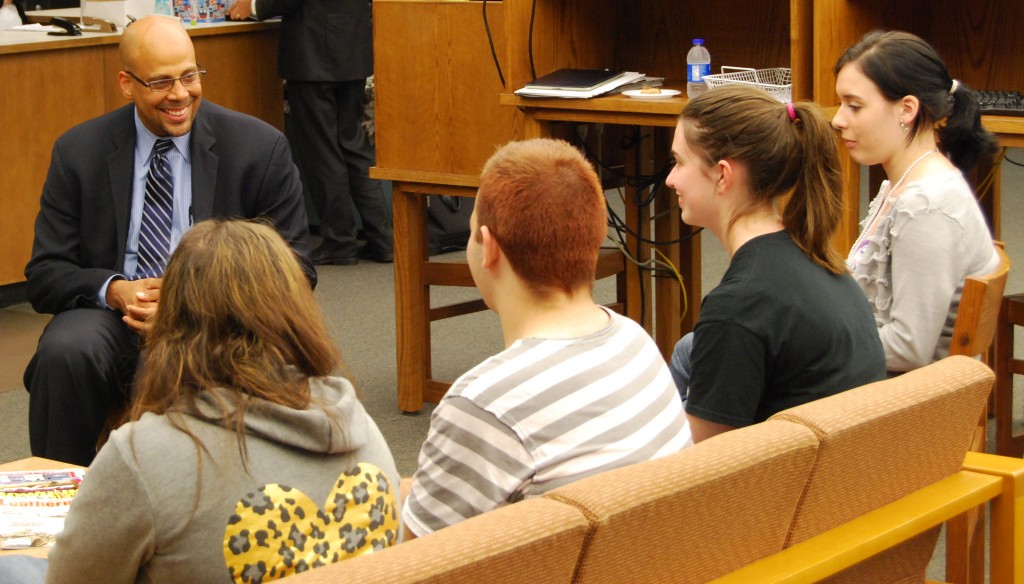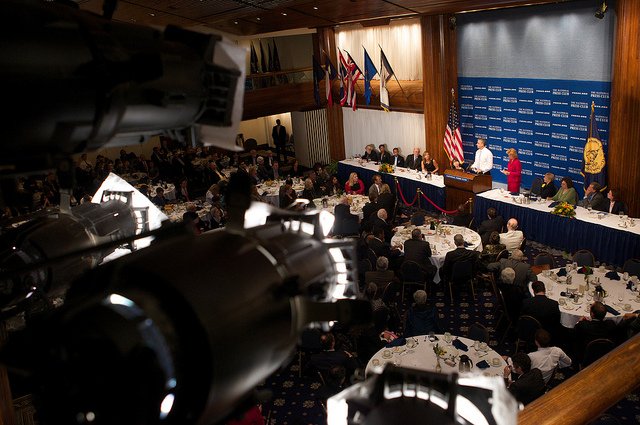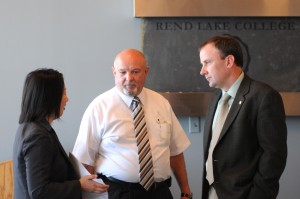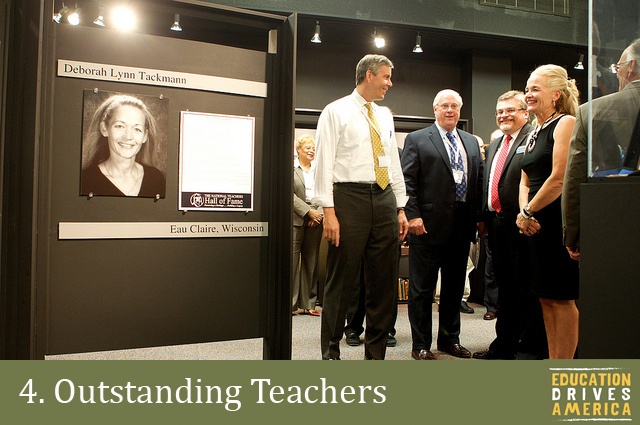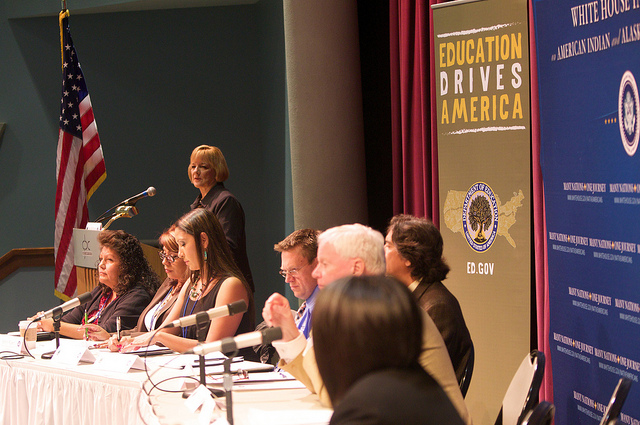
The 2012 International Summit on the Teaching Profession was held in New York City. In 2013, the Summit will be hosted by the Netherlands, OECD and EI. It will be held in Amsterdam.
Today teachers across the globe, from Budapest to Ramallah, are celebrating World Teachers’ Day. Using the theme “Taking a Stand for Teachers!” educators are meeting with students to encourage them to become teachers, holding rallies and leading discussions about the strengthening the teaching profession. Learning about these events excites me and makes me want to connect with my international peers.
In 2011, leaders in the US Department of Education did just that when they met with some of their peers from around the world at the First International Summit on the Teaching Profession. As a result of their participation in the Summit, the Department developed the RESPECT project. Over 3500 teachers provided input into the RESPECT vision statement for strengthening and elevating the teaching profession in the United States.
Building on that work, leaders gathered again in March 2012 for a second international summit. The US participants (including Secretary Duncan, the Presidents of AFT and NEA and the Executive Director of CCSSO) developed a framework to guide their respective work. This vision aligns with RESPECT, by calling for better teacher preparation, building the capacity of teachers to share leadership and responsibility, and improving professional development for teachers and principals.
A teacher and 2010 Teaching Ambassador Fellow, Linda Yaron, recently worked with teachers in India as part of the State Department’s Teachers for Global Classrooms Program. Linda feels “that the more we can structure relevant, global experiences in and out of the classroom, the more we can deepen what it means to teach and learn in the 21st century.”
Secretary Duncan’s statement for World Teachers’ Day echoes Linda’s words. Teachers, he said, “empower students with the skills and knowledge they need to succeed in the 21st century, and they connect them to people, languages, and experiences beyond their home borders. “
As a teacher I try to prepare my students to succeed in the 21st century. Yet, on World Educator Day, I find myself inspired to model 21st century skills for my students by connecting with teachers across different languages and beyond borders at the local and global level just as Secretary Duncan did with his colleagues from around the globe at the international summits.
Do you know of ways to connect with teachers in other countries?
Lisa Clarke is 2012-2013 Washington Teaching Ambassador Fellow on loan to the Department from Kent, Washington.


